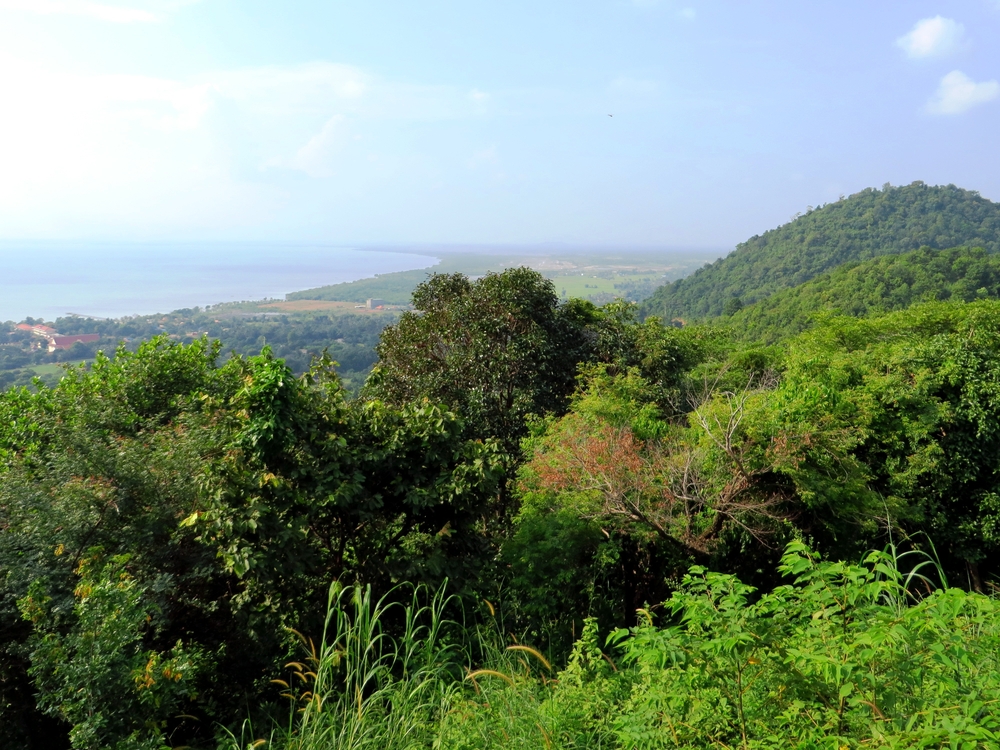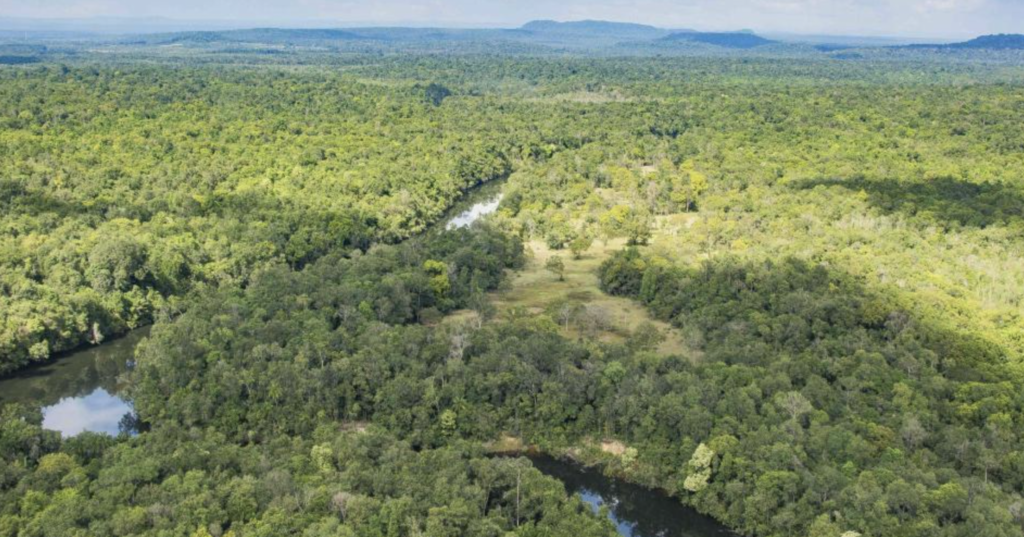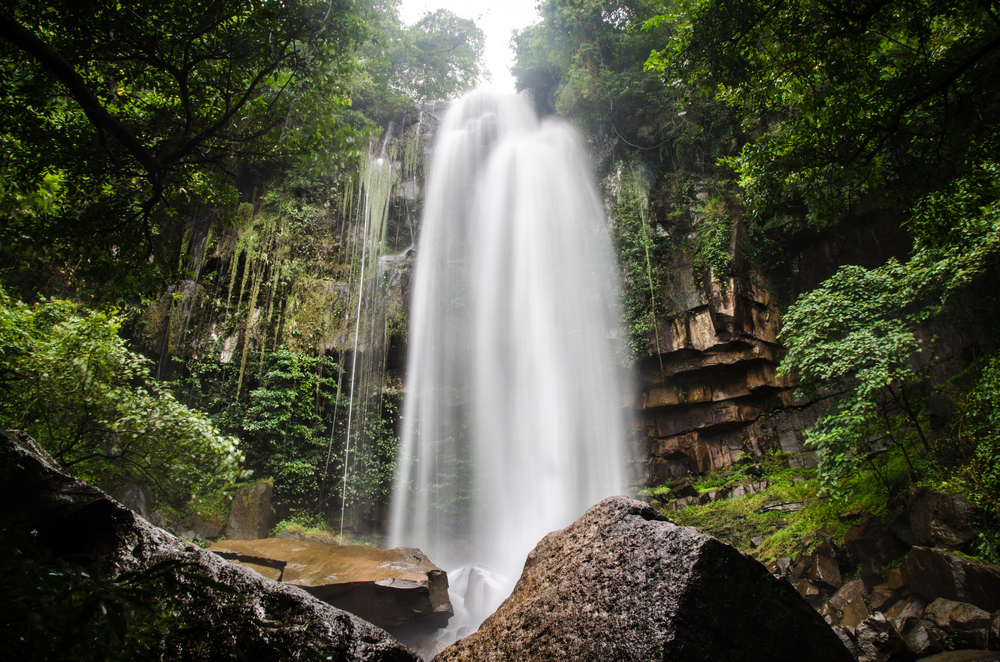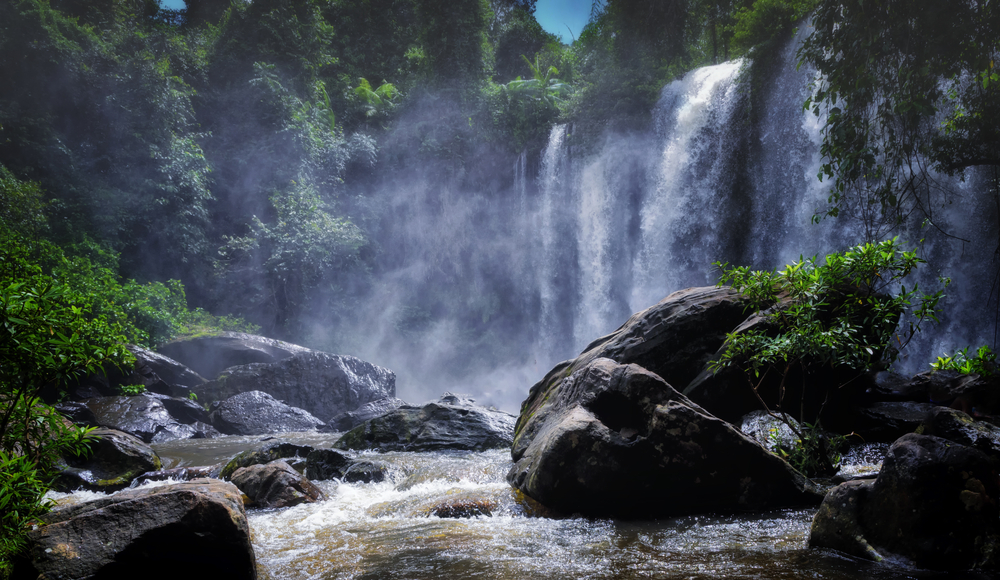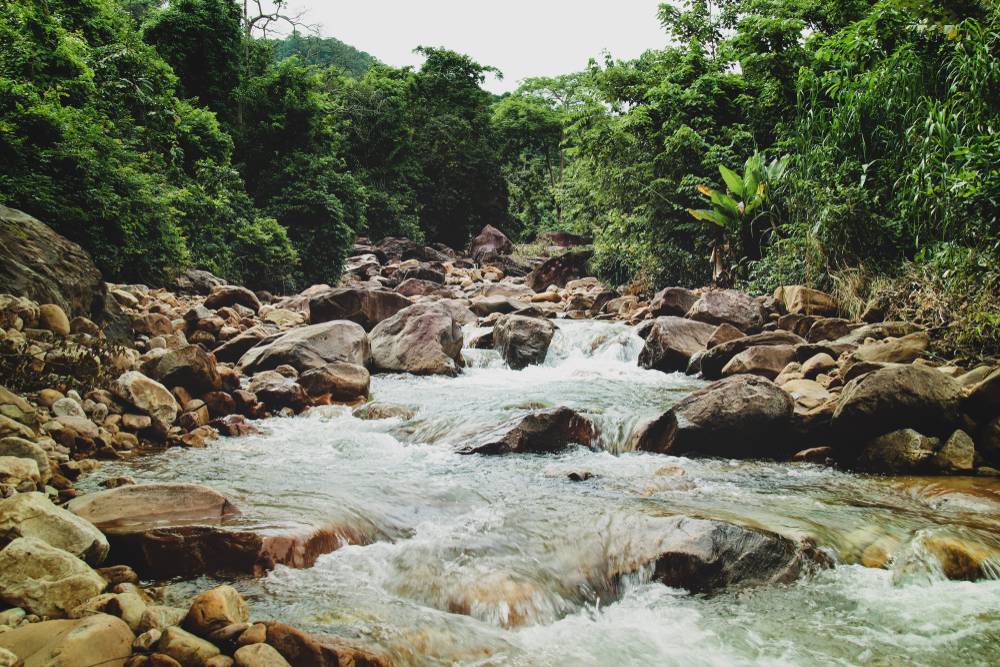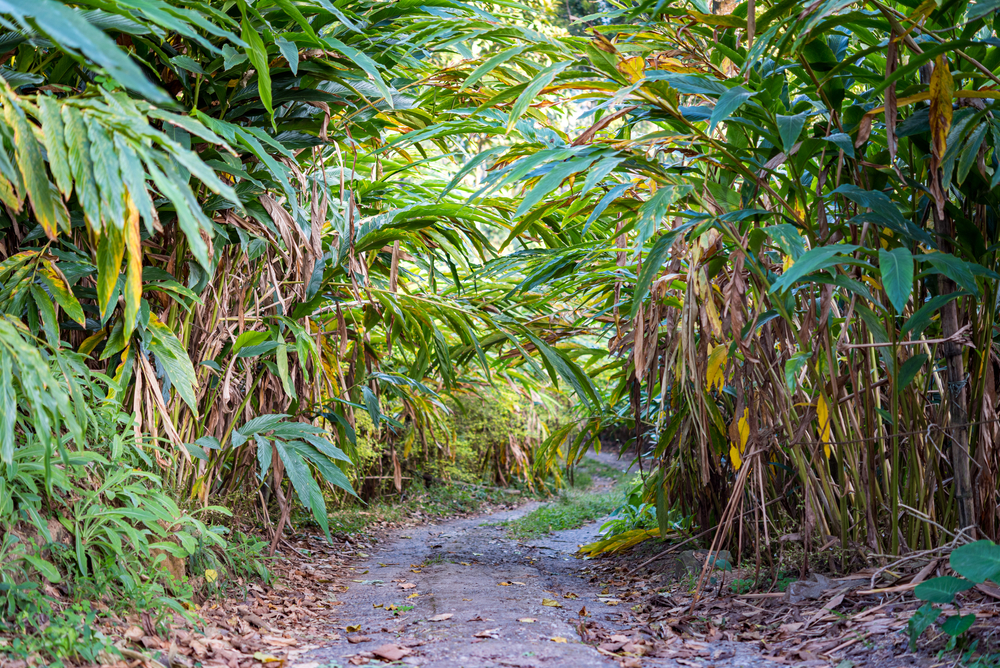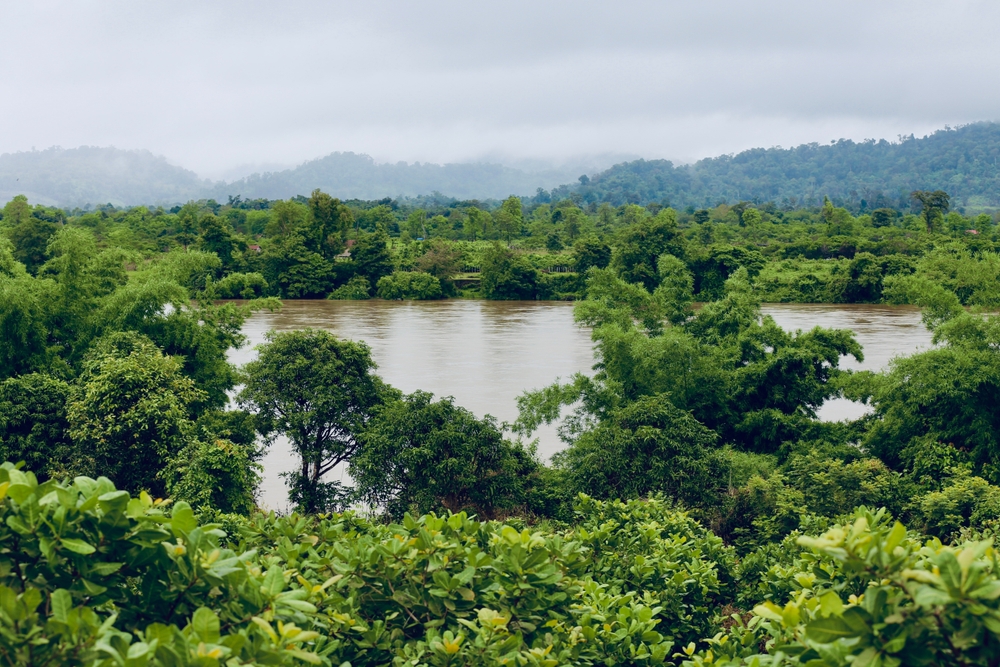Kep Overview
Kep National Park, locally known as “อุทยานแห่งชาติเขาเพชร” in Khmer, is a compact yet richly biodiverse natural reserve located in southern Cambodia near the coastal town of Kep. Covering an area of approximately 19.5 square miles (50.5 square kilometers), the park offers a lush escape into nature, featuring verdant hills, dense tropical forests, and panoramic coastal views. The terrain ranges from rolling lowlands to rugged slopes, with a network of trails that meander through thick vegetation and open up to viewpoints overlooking the Gulf of Thailand.
The park’s vegetation is a mix of tropical hardwood trees, bamboo groves, and lowland rainforests, punctuated by occasional clearings. This diversity of plant life provides a rich habitat for an array of wildlife, including langurs, macaques, civets, and a variety of bird species such as hornbills, eagles, and kingfishers. In the quieter areas, visitors may also spot reptiles like monitor lizards and, occasionally, pythons.
Visitors can engage with Kep National Park through its well-maintained trail system, which is ideal for hiking, trail running, and mountain biking. The most popular route, the 8-kilometer circuit trail, circles the park and offers various viewpoints such as Sunset Rock and Phnom Kep Viewpoint. Along the trails, visitors may encounter traditional shrines, waterfalls, and even remnants of historical structures, providing a cultural dimension to the natural experience. For those seeking relaxation, the park’s serene atmosphere makes it an ideal spot for birdwatching or simply soaking in the natural beauty.
Despite its allure, the park faces conservation challenges, particularly regarding illegal logging and encroachment. Efforts by local communities and conservation groups have been instrumental in mitigating these threats, promoting sustainable tourism, and protecting its biodiversity. Visitors are encouraged to respect the environment by staying on marked trails and minimizing waste.
In summary, Kep National Park is a small but captivating destination that offers a harmonious blend of natural beauty, wildlife, and cultural heritage. Its accessible trails and stunning vistas make it a rewarding experience for adventurers and casual nature enthusiasts alike, while ongoing conservation efforts ensure its ecological treasures are preserved for future generations.








































































